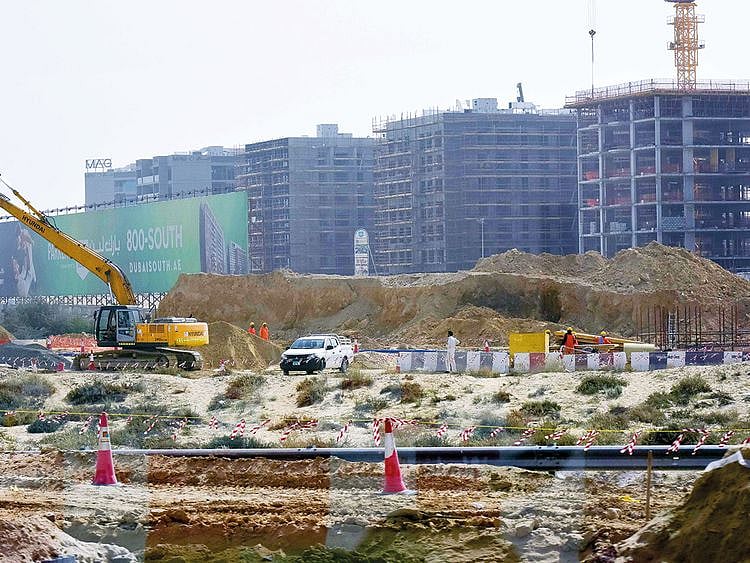Let’s build the post COVID-19 Middle East city
Rather than add to existing density, adjoining cities must work on new living spaces

Just as Middle Eastern nations were readying to host the world with Expo 2020 Dubai, Saudi Arabia’s G20 Presidency, the FIFA World Cup Qatar 2022 and other events, the disruption caused by the COVID-19 pandemic has revealed a new dynamic between the biological, spatial and digital worlds.
This will shape the world for decades and also has huge implications for the region’s cities. An unintended experiment is underway and it has thrown up fundamental questions about whether we can learn to live differently in our cities and how we can adapt them to the new normal. This unintended experiment has the potential to become a demonstration project in “low carbon, low touch, low mobility” living.
High density hotspots
Over centuries, and especially in the last 40 years, we have flocked to cities that provide us with access to jobs, services, and amenities, and become drivers of social mobility. But what kinds of cities do we want and need once the pandemic and global lockdown has ended?
There are options: We can allow cities to sprawl and spread out; we can build new cities; or we can make better use of the cities we already have.
With the accelerating population growth in the Middle East and North Africa, the building of new districts and cities - such as Masdar City in Abu Dhabi, Neom in Saudi Arabia, New Cairo in Egypt, and District 2020 in Dubai - and the densifying of existing cities should produce the best social, environmental, and economic outcomes.
But COVID-19 has ignited a fresh debate about what kinds of densities are desirable in cities. Disease spreads faster through close human proximity. So is density good or bad, friend or a foe?
Build on the networks
Rather than sprawling outwards to create endless cities, another option is to link up cities that neighbour one another to create and exploit network effects. Groups of cities and “systems of cities” that work together can both accommodate more growth and distribute it more evenly, while also retaining a manageable and local feel. They use better connections and complementary specialisations to produce “borrowed scale”, where they stay smaller and more livable but are able to leverage the advantages of the wider network.
Cities that connect together can produce “distributed urbanisation”. This can be more resilient, better for managing risks, and less susceptible to problems that come with more concentrated cities, such as congestion, crowding, and poor air. Faster connections between cities enable more sharing of amenities and specialist facilities. This allows more choices for people in terms of access to jobs and housing.
City bonding
In the EU and Southeast Asia, many cities work together as teams. What kind of team do Abu Dhabi, Beirut, Casablanca, Cairo, Dubai, Istanbul and Riyadh make when they work together? The answer - a potent one.
This way of thinking about groups and networks of cities is not new – it dates back at least 5,000 years – but as we adapt to our new normal post COVID-19 and new technologies provide additional communications and connections, a new set of collaborative opportunities is rapidly emerging.
Built to last
Cities in the Middle East are moving towards good urbanisation, where they can optimise livability benefits for people, sustainability outcomes for the planet, and productivity advantages for capital and for businesses.
By causing us all to change and review the way we live, work and interact with each other, COVID-19 is prompting us to review many long-held assumptions, and may influence how these cities now emerge, grow and interconnect. The pandemic has brought severe pain to many of us.
But in the long-run, it may yet prove to be an accelerator of long-term plans for healthy, livable cities in the Middle East that are built to last, and able to evolve, in the future.
- Greg Clark is Senior Advisor, Future Cities and New Industries, HSBC.
Sign up for the Daily Briefing
Get the latest news and updates straight to your inbox
Network Links
GN StoreDownload our app
© Al Nisr Publishing LLC 2025. All rights reserved.